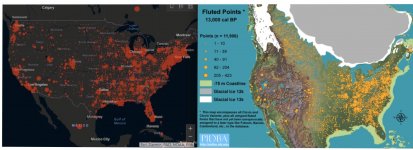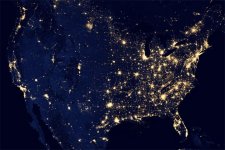IMAUDIGGER
Silver Member
- Mar 16, 2016
- 3,400
- 5,194
- Primary Interest:
- All Treasure Hunting
Clovis and the virus. Interesting blog post.
https://www.lastwordonnothing.com/2020/04/10/clovis-and-the-virus/
https://www.lastwordonnothing.com/2020/04/10/clovis-and-the-virus/
Upvote
0







